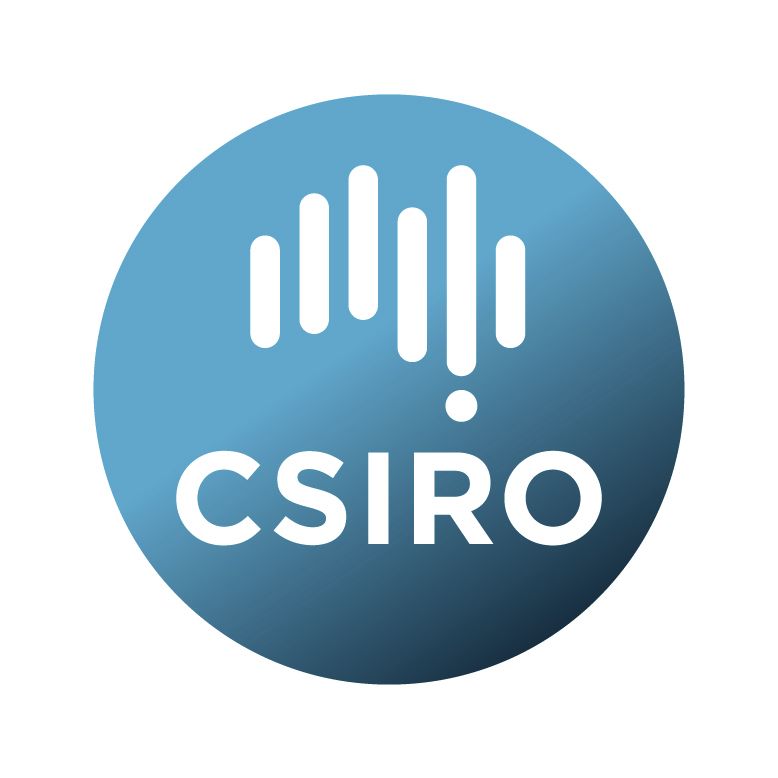Brief description
The Perth Coastal Waters 2022 image collection represents a comprehensive plankton imaging survey conducted at 15 sampling stations along the coast of Western Australia in August 2022. Using a FlowCam 8400 imaging flow cytometer, the project captured and processed over 218,000 individual plankton images extracted from 2,453 collage images. The dataset covers coastal waters from 32.264°S to 32.117°S and 115.683°E to 115.760°E, with samples collected using standardized 100 μm mesh plankton nets at depths ranging from -19.0m to -4.0m. Each image includes detailed morphological measurements, optical properties, and volumetric calculations, making this dataset particularly valuable for developing automated plankton classification systems using machine learning techniques. The dataset represents a significant advancement in marine plankton imaging and automated taxonomic classification efforts, with all data processed and standardized according to FAIR (Findable, Accessible, Interoperable, Reusable) principles.Lineage: The dataset was created through a systematic sampling and processing workflow. Samples were collected using standardized 100 μm mesh plankton nets at 15 coastal stations, with comprehensive station metadata including GPS coordinates, sampling depths, collection times, and environmental parameters recorded in standardized logs. The FlowCam 8400 imaging flow cytometer initially captured samples as VisualSpreadsheet collage images in PNG format, with each collage containing multiple particle vignettes arranged in a grid pattern. These collages were then processed using a custom Marimba FlowCam Pipeline that employed OpenCV computer vision techniques to extract and validate individual vignettes while maintaining their associated metadata. The Marimba Pipeline implemented quality control measures and organized the data in a hierarchical directory structure by sampling station, date, and replicate number. Each extracted vignette was renamed according to a standardized convention encoding critical metadata including platform ID, station ID, magnification, and field of view. The final dataset comprises 218,314 individual vignettes in JPG format, with embedded EXIF metadata including morphological parameters (area, diameter, circularity), optical properties (RGB intensities, transparency), volumetric calculations (biovolume across multiple geometric models), and positional data.
Available: 2025-03-07
Data time period: 2022-08-25 to 2022-08-25
Subjects
CSIRO |
Computer Vision and Multimedia Computation |
Environmental Sciences |
FlowCam |
Information and Computing Sciences |
Image Processing |
Other Environmental Sciences |
Other Environmental Sciences Not Elsewhere Classified |
Perth coastal waters |
Western Australia |
biological imaging |
coastal monitoring |
environmental monitoring |
imaging flow cytometry |
marine ecology |
microscopy |
pelagic zone |
phytoplankton |
User Contributed Tags
Login to tag this record with meaningful keywords to make it easier to discover
Identifiers
- DOI : 10.25919/CDAQ-VA45

- Handle : 102.100.100/701417

- URL : data.csiro.au/collection/csiro:64786



